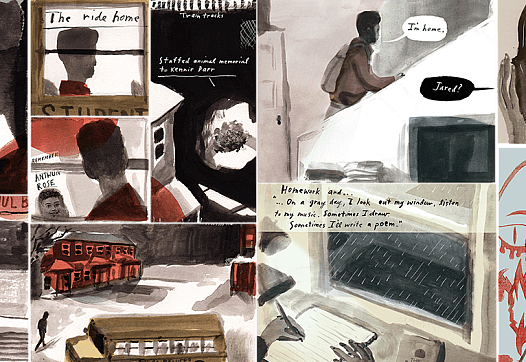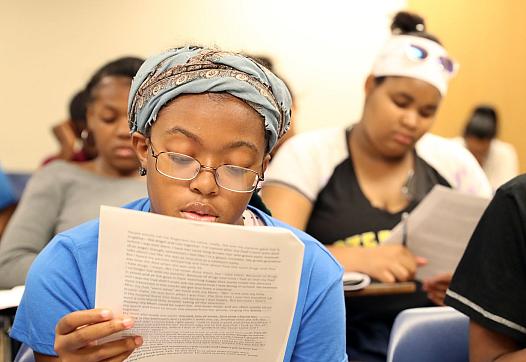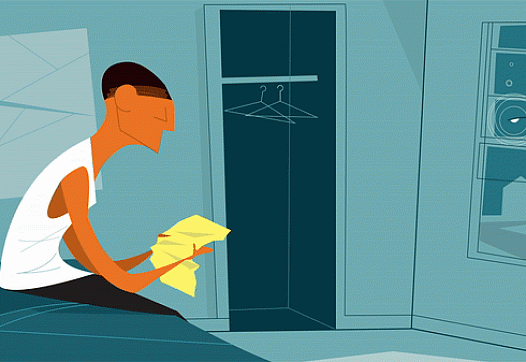
It's a high-stakes problem lawmakers across the country are increasingly trying to address.

It's a high-stakes problem lawmakers across the country are increasingly trying to address.

This story was produced as part of a larger project led by Rich Lord, a participant in the USC Center for Health Journalism's 2018 Data Fellowship.

In southwestern Pennsylvania's fragmented patchwork of cities, boroughs and townships, children are likely to live in places without the resources to keep them safe, active and healthy.

This reporting is supported by the University of Southern California Center for Health Journalism National Fellowship.

This story was produced as part of a larger project led by Rachel Dissell and Brie Zeltner, participants in the 2018 National Fellowship....

This reporting is supported by the University of Southern California Center for Health Journalism National Fellowship.

This reporting is supported by the University of Southern California Center for Health Journalism National Fellowship.

This reporting is supported by the University of Southern California Center for Health Journalism National Fellowship.
CNN reporter Neha Shastry set out to cover the complexities and nuances of America's abortion debate. She ran into roadblocks, reluctant editors and lots of contested facts.

In the District of Columbia, a shortage of affordable housing, a hyper-expensive rental market and aging and vanishing housing stock has have tenants battling spiraling rents and housing costs, and have left them at increased risk of getting displaced.